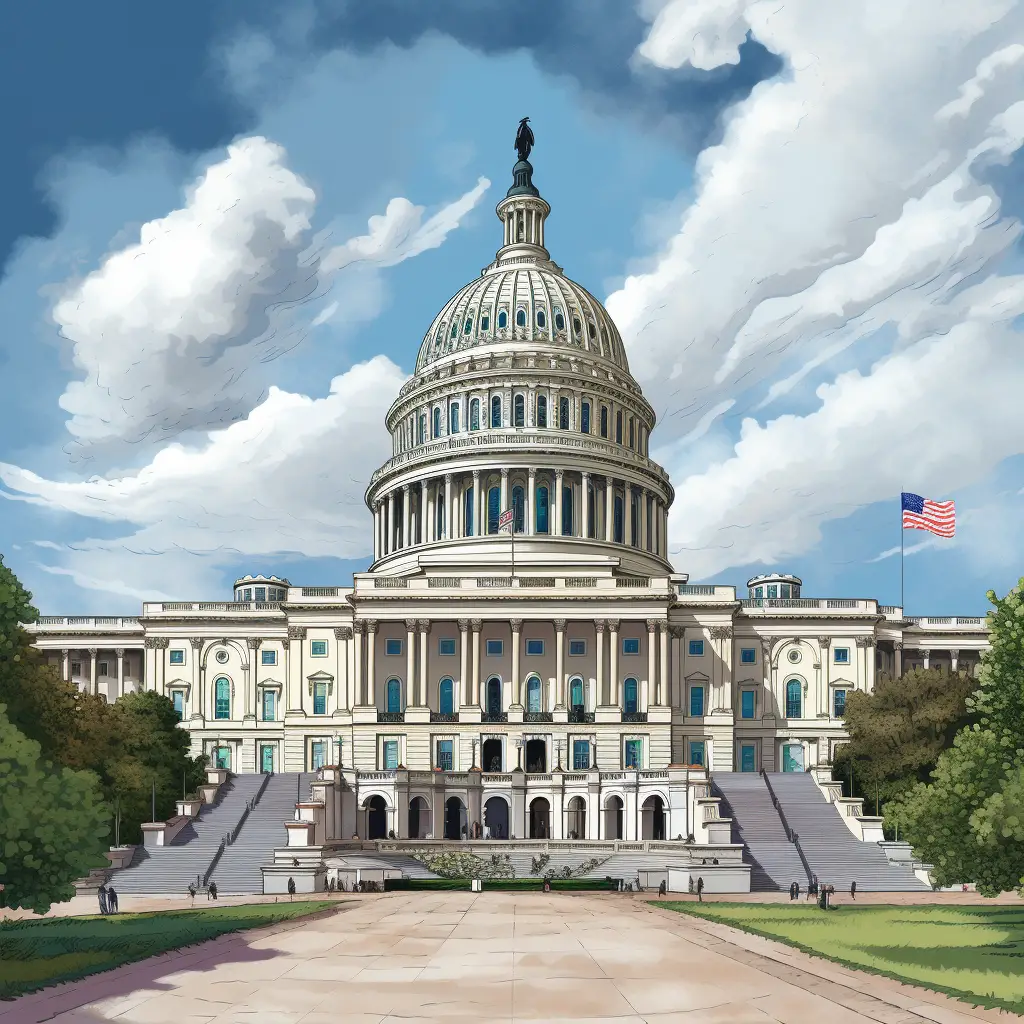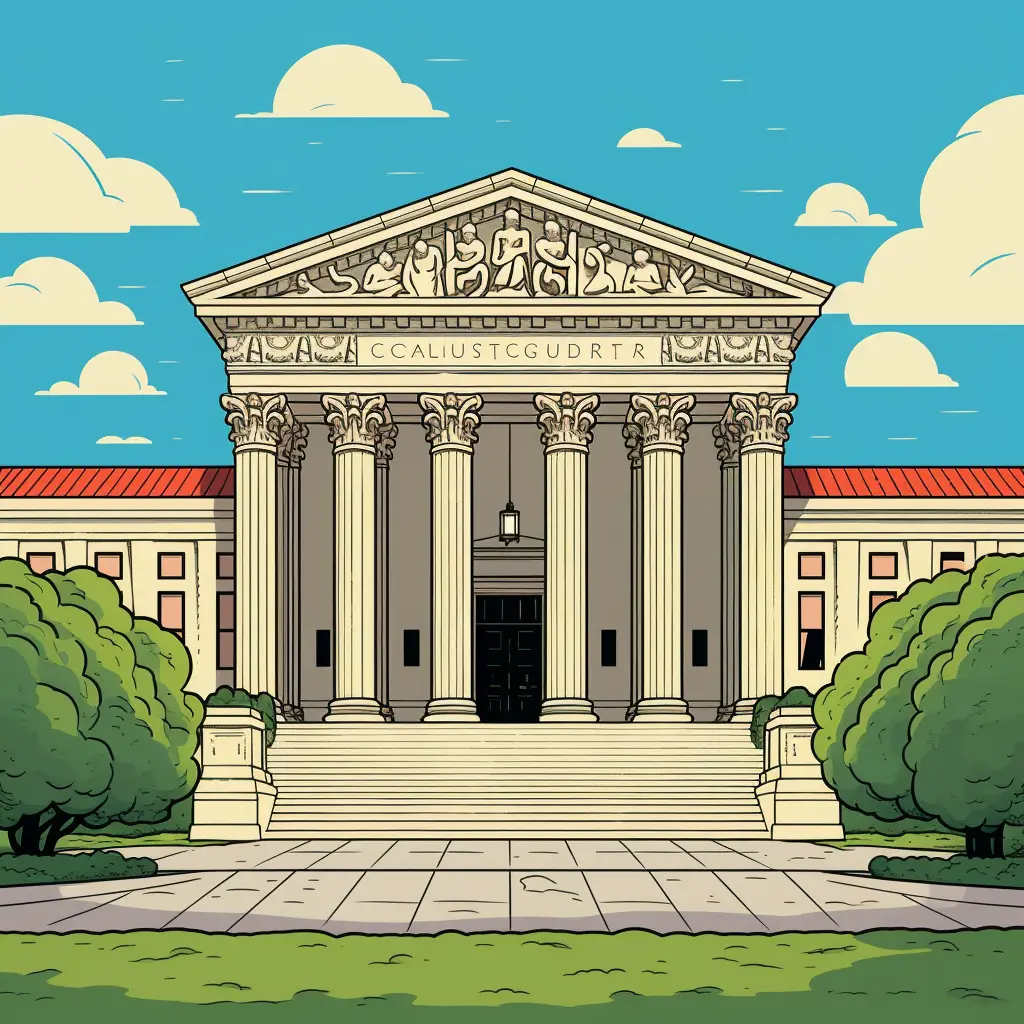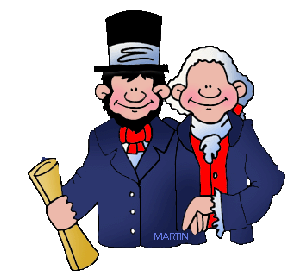American Government
Government of North America
The American government is a complex system of checks and balances that ensures the fair and democratic functioning of the country. It is based on the principles of separation of powers, with the executive, legislative, and judicial branches each having their own distinct responsibilities.
The government is designed to protect the rights and freedoms of its citizens, promote the general welfare, and maintain law and order. Through elections and citizen participation, the American government is accountable to its people and strives to represent their interests and values.

American Government Facts For Kids
- The US government is divided into three parts: Legislative, Executive, and Judicial.
- The Constitution is the supreme law of the United States.
- The President is the head of the Executive Branch.
- The Legislative Branch makes laws. It includes the Senate and House of Representatives.
- The Judicial Branch interprets laws. It’s headed by the Supreme Court.
- Each state has its own constitution and government.
- The President serves a 4-year term and can be elected twice.
- Senators serve six-year terms, while Representatives serve two-year terms.
- There are 50 states in the US, each represented in Congress.
- Voting is an important part of participating in the US government.
U.S. Constitution
The U.S. Constitution is a very important document in American government. It outlines the structure, functions, and principles of the government and it was signed on September 17, 1787. The Constitution created three branches of government: the legislative branch, which makes laws and is made up of the Senate and the House of Representatives; the executive branch, headed by the President, which carries out and enforces laws; and the judicial branch, which interprets laws and is made up of the Supreme Court and other federal courts.
This system was created to ensure a balance of power, so no single branch has too much control. This principle is known as “checks and balances”. The Constitution also includes the Bill of Rights, which are the first ten amendments that protect individual freedoms like freedom of speech and the right to a fair trial.
Bill of Rights
The Bill of Rights is a significant part of the American government that kids should know about. It consists of the first ten amendments to the United States Constitution, which were ratified on December 15, 1791. These amendments protect the fundamental rights and liberties of American citizens.
They include freedom of speech, religion, and press, the right to bear arms, protection from unreasonable searches and seizures, and the right to a fair trial, among others. The Bill of Rights is a cornerstone of American democracy, ensuring that the government respects and protects the individual rights and freedoms of its citizens.
Federalism
Federalism is an important concept that the American government operates on. It is a system where power is divided between the national government and state governments. This is like having a big team where some decisions are made by the entire team (the national government), and other decisions are made by smaller groups within the team (the state governments).
For instance, the national government makes decisions about things that affect the whole country, like defense, foreign policy, and trade. Meanwhile, state governments take care of things more specific to their states, such as education, traffic rules, and local businesses. This way, Federalism allows for a fair distribution of responsibilities and powers.
Separation of Powers
The American government operates under a principle known as the Separation of Powers. This means that the government’s power is divided into three separate branches: the legislative branch, the executive branch, and the judicial branch. Each branch has its own unique responsibilities.
The legislative branch, known as Congress, makes the laws. The executive branch, led by the President, enforces the laws. The judicial branch, which includes the Supreme Court, interprets the laws and decides if they are being applied fairly. This system helps to ensure that no one person or group has too much power in the government.
The U.S. Supreme Court

The U.S. Supreme Court is a very important part of the American government. It is the highest court in the land, meaning it has the final say on legal decisions. The Supreme Court is made up of nine justices, including one Chief Justice and eight Associate Justices.
These justices are nominated by the President and then confirmed by the Senate, serving for life or until they choose to retire. The Supreme Court’s main job is to interpret the U.S. Constitution and ensure that laws and decisions are in line with it. This makes it a key player in shaping American law and policy.
U.S. Congress
The U.S. Congress is an essential part of the American government. It is the legislative branch, which means it’s in charge of making the nation’s laws. The Congress is made up of two parts: the Senate and the House of Representatives. The Senate has 100 members, two from each state, and they serve six-year terms.
The House of Representatives, on the other hand, has 435 members, and the number from each state is determined by the state’s population. These members serve two-year terms. The Congress is a vital part of our government because it represents the voices and interests of the people from every state in the country.
The Presidency of the United States
The Presidency of the United States is a very important part of the American government. It is one of the highest offices in the country, and the President is often considered the leader of the country. The President is responsible for making important decisions and working with other parts of the government to create laws and policies.
The person who holds this position is elected by the citizens of the United States every four years. The President lives and works in the White House, a famous building located in Washington D.C. There are certain requirements to become a President, including being at least 35 years old and being born in the United States.
U.S. Civil Rights Movement
The American government played a crucial role in the U.S. Civil Rights Movement, a significant period in our history that took place mainly during the 1950s and 1960s. Under the leadership of Presidents like John F. Kennedy and Lyndon B. Johnson, important laws were passed to ensure equal rights for all American citizens, regardless of race or color.
For instance, the Civil Rights Act of 1964 outlawed discrimination based on race, color, religion, sex, or national origin. This was followed by the Voting Rights Act of 1965, which aimed to overcome legal barriers preventing African Americans from voting. These laws were significant steps taken by the American government to address racial inequality and injustice.
American Political Parties
American political parties play a significant role in the American government system. The two major parties are the Democrats and the Republicans. These parties help organize and make decisions about how the country is run.
The Democrats are often seen as more liberal, favoring changes to address social inequalities and advocating for government programs. The Republicans, on the other hand, tend to be more conservative, favoring limited government involvement in the economy and individual liberties.
The parties also play a huge role in elections, especially the presidential elections. It’s interesting to note that even though these two parties dominate American politics, there are also smaller, minor parties, often known as third parties, such as the Green Party or the Libertarian Party.
Election System in the U.S.
The election system in the United States is a key part of how the American government operates. This system is designed to allow citizens, who are 18 years or older, to vote for their leaders. Elections are held on the first Tuesday of November, every two years for Congress, and every four years for the President.
The Presidential election process is unique because it uses something called the Electoral College, where each state has a certain number of votes based on its population. This means that winning the most individual votes nationwide doesn’t always guarantee a win in the presidential race.
It’s important to win enough states to secure 270 or more electoral votes. This system encourages candidates to pay attention to all states, big and small, during their campaigns.
Explore the Three Branches of the US Government: Legislative, Executive, and Judicial!
The federal government of the United States, as outlined in the U.S. Constitution, is divided into three branches:
• Legislative
• Executive
• Judicial
The country’s legislative branch is the United States Congress, which consists of the House of Representatives and the Senate. Located in Washington D.C. (the District of Columbia), Congress creates and collects taxes while also deciding how these funds are spent.
Congress creates necessary laws and is also charged with keeping the country’s armed forces ready and prepared. In addition to these and other tasks, Congress is also responsible for declaring war if and when it is deemed necessary.
Meet the House of Representatives: Your Voice in Congress!
The House of Representatives is comprised of 435 members. Each member represents a district within a state and serves a two-year term. Anyone who has been a resident for seven years and is at least 25 years old is eligible for a seat in the House. Each state is allowed a number of Representatives and districts based on population. For example, since 1789, Delaware has had only one Representative. California, on the other hand, currently has 53.
Discover the Senate: Where Decisions Shape Our Nation!
Each state sends two delegates to the Senate, where representatives serve six-year terms. The Senate consistently stands at 100 members.
The Senate and the House of Representatives have different responsibilities. For example, the House has the power to impeach a President if it deems he should be removed from office. However, the Senate is then required to hold a trial in order to decide if he should remain.
Unveiling America’s Political Parties: Republicans and Democrats!
The United States currently has two major political parties: the Republican Party and the Democratic Party. Abraham Lincoln was the first President to represent the Republican Party, which was founded in 1854 by anti-slavery activists. Eighteen Republicans have served as President.
The Democratic Party evolved from the original Anti-Federalist Party, which existed at the time of America’s formation. By 1860 the Democrats had formed a separate party and had had fifteen Presidents elected.
Unveiling the Power of the President: Leading Our Nation!
The country’s executive branch is headed by the President of the United States. The President has executive powers, which he shares with his Vice President and his appointed Cabinet members. He is in charge of the nation’s government and must approve all laws; additionally, he is required to protect the freedoms listed in the U.S. Constitution and to decide how best to defend his country.
Before a new law can be created, it must first be passed through both the House of Representatives and the Senate. The President then has the right to sign and accept the law, or he may choose to veto it, meaning he does not accept it. Congress can then attempt to pass the law without the President’s signature, but two-thirds of the vote is required in each House.
Exploring the President’s Powers and the Mighty Supreme Court!
As the country’s chief diplomat, the President is also responsible for signing treaties, while two-thirds of the Senate vote is needed to ratify the agreement. The President also has the ability to pardon criminals, among other powers.
The judicial branch of the U.S. government consists of all of the nation’s court systems. At the top is the Supreme Court of the United States, which grants Congress the right to establish lower-level courts. The Supreme Court oversees cases involving the federal government and disputes between states. The Supreme Court can rule in any dispute concerning the U.S. Constitution and the rights and protections it contains.
Navigating the Courts: From Districts to Appeals – Seeking Justice!
Below the Supreme Court are the United States Courts of Appeals and then the United States District Courts. The district courts hear most disputes, while the Courts of Appeals are used for those who wish to appeal (or question) a ruling made in a district court.
The government of the United States truly represents the foundation laid by the country’s forefathers just as it was written in the Constitution. The system was approved in 1789 and is still in effect today. This model of democracy and representation by the people is used by leaders throughout the world.



